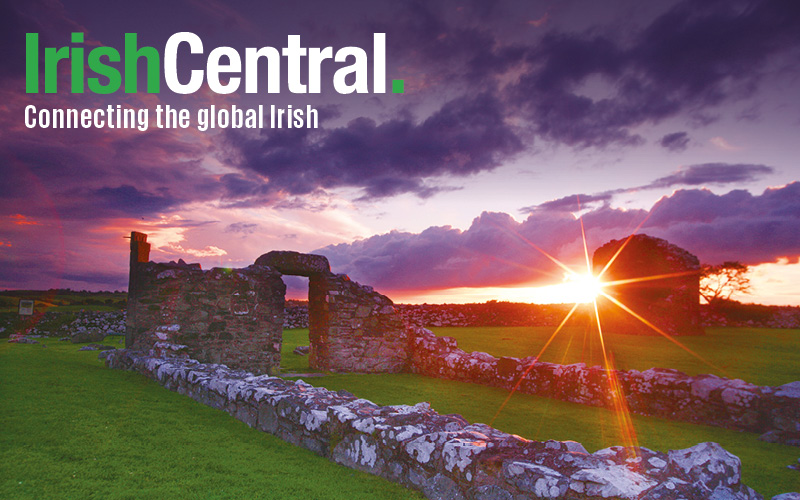Dr. Robert McClelland worked on both JFK and Lee Harvey Oswald after they were fatally shot in Dallas, Texas in November, 1963
Dr. Robert McClelland, the surgeon who assisted in the attempt to save President John F. Kennedy’s life, has passed away at the age of 89.
Read More: Sketches by JFK’s surgeon raise possibility of two assassination shooters
The New York Times reports that McClelland’s granddaughter Megan Moss said her grandfather had died of kidney failure on September 10. He was living in an assisted living facility at the time of his death.
We are sad to share that Dr. Robert McClelland has died at age 89. A Parkland Memorial Hospital surgical instructor in 1963, he assisted in the treatment of President Kennedy in Trauma Room One, as well as Gov. John Connally and Lee Harvey Oswald. https://t.co/L0GTgL1a6S
— TheSixthFloorMuseum (@SixthFlrMuseum) September 13, 2019
Read More: Jackie believed Lyndon B. Johnson had John F. Kennedy killed
President Kennedy's assassination
On November 22, 1963, 34-year-old Dr. McClelland was in an operating room at Parkland Memorial Hospital in Dallas showing his surgical students a film about hernia repair when his colleague Dr. Charles Crenshaw knocked on the door to deliver the news that President Kennedy had been shot.
Marking the 50th anniversary of JFK’s assassination in 2013, Dr. McClelland recalled the fateful day in an interview with The Sixth Floor Museum: “I’d never seen anything like this before, and just as I stood there and took it in, the crowd spontaneously parted and made a little corridor down to the emergency operating rooms.”
“There, sitting outside Trauma Room 1, on a folding chair, was Mrs. Kennedy, in her bloody clothing.”
UT Southwestern, where Dr. McClelland was a Professor Emeritus of Surgery, shared Dr. McClelland's recollection of the day in the wake of his death: “I stood there kind of dumbfounded for a moment. But then you just move. … Dr. Malcolm O. Perry, who was leading our efforts, asked me to go to the head of the cart. He said we’re going to explore the wound and do a tracheostomy.”
While the other surgeons were tending to the President’s neck wound, Dr. McClelland was the first person to notice the President’s head wound: “The first thing out of my mouth was, ‘My God, have you seen the back of his head? It’s gone.’”
Dr. McClelland recalls witnessing first lady Jackie Kennedy come into the room after last rites were offered: “She took a ring from her finger and exchanged it with a ring on [JFK’s]. Then she kissed her husband’s bare right foot and walked out of the room.”
“Obviously, this was a very unusual occurrence that one would never expect in an ordinary life. That experience will always be with me.”
“I have no difficulty remembering what happened, and I’ve recalled it so often in the interim that I don’t have to strive for that. I may have difficulty remembering what I had for breakfast this morning, but I can tell you what I was doing almost hour by hour that day.”
Dr. McClelland’s obituary in Dallas News says he saved and preserved the blood-stained shirt he wore the day he worked on the injured President Kennedy.
Read More: Remembering JFK – the assassination took place 55 years ago today
Lee Harvey Oswald's death
Just two days later, Dr. McClelland found himself working on Lee Harvey Oswald, the man who was accused of killing President Kennedy, after he was shot by Jack Ruby.
Oswald was transported to the same hospital where President Kennedy had died only two days earlier. Dr. McClelland had rushed there after seeing the news.
Dr. McClelland was part of a team of surgeons who worked on Oswald’s abdomen for about an hour. When Oswald’s heart arrested, Dr. Perry opened his chest and the team of surgeons, including Dr. McClelland, took turns massaging his heart for about 40 minutes.
Despite their efforts, Oswald was pronounced dead about two hours after he was shot.
Skeptical
Later, Dr. McClelland was vocal in his opinion that Oswald did not act alone in the assassination of President Kennedy. He was the only surgeon present in the President’s operating room who held that belief.
The New York Times reports that Dr. McClelland said in interviews that the location of Kennedy's head wound suggested that the bullet had come from the grassy knoll in front of the presidential motorcade, not from Oswald’s perch on the sixth floor of the Texas School Book Depository, high above and behind Kennedy.
Film of the incident captured by Abraham Zapruder further validated Dr. McClelland's opinion of the possibility of a second gunman.
“Did I see an entrance wound consistent with that big wound?” he said in the 50th-anniversary interview with Sixth Floor Museum. “I did not," he said, noting that the entrance wound could have been hidden beneath blood and hair.
“All we can say is what we did and what we saw. And if we get off into theorizing about different things, I guess anyone can do that. But we’re no better qualified to do that than anybody else, and maybe not as qualified as some people. I hope that people will think that maybe we functioned reasonably well under the circumstances,” he said.




Comments